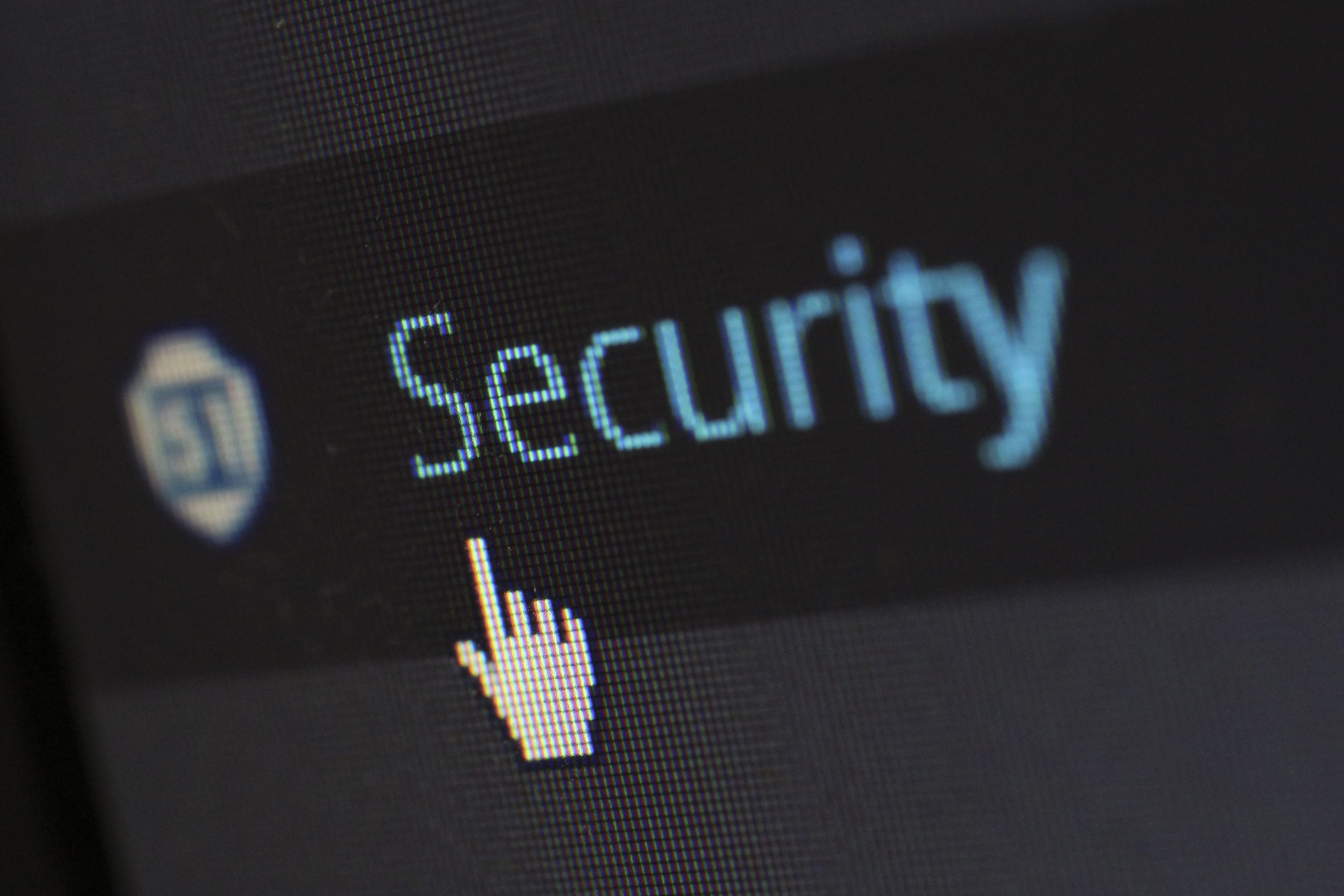How to Choose the Right Crypto Wallet for Your Needs
Cryptocurrencies are becoming popular, and many people want to invest in them. However, choosing the right crypto wallet is essential for safely storing and managing your digital assets. This guide will help you understand the different types of crypto wallets and how to choose the one that fits your needs.

Content
What is a Crypto Wallet?
A crypto wallet is a software program or hardware device that allows you to store, send, and receive cryptocurrencies. Unlike a physical wallet, a crypto wallet does not hold actual coins. Instead, it stores your private and public keys, which you need to access your crypto assets.
Types of Crypto Wallets
There are several types of crypto wallets, each with its pros and cons. Here are the main types:
1. Hot Wallets
Hot wallets are connected to the internet. They are easy to use and convenient for quick transactions. However, they are more vulnerable to hacking.
Examples of Hot Wallets:
- Web Wallets: These wallets run in your web browser. They are user-friendly but can be less secure. Examples include Coinbase and Binance.
- Mobile Wallets: These wallets are apps on your smartphone. They offer easy access and are suitable for everyday transactions. Examples include Trust Wallet and Exodus.
- Desktop Wallets: These wallets are installed on your computer. They provide more security than web wallets but can still be vulnerable to malware. Examples include Electrum and Atomic Wallet.
2. Cold Wallets
Cold wallets are not connected to the internet. They are safer from hacking and theft, making them ideal for long-term storage. However, they can be less convenient for regular transactions.
Examples of Cold Wallets:
- Hardware Wallets: These are physical devices that securely store your private keys offline. Examples include Ledger Nano S and Trezor.
- Paper Wallets: These are printed documents that contain your public and private keys. They are very secure if generated and stored correctly, but they can be easily lost or damaged.
Key Features to Consider
When choosing a crypto wallet, it’s important to consider several key features:
1. Security
Security should be your top priority. Look for wallets with strong security features, such as:
- Two-Factor Authentication (2FA): This adds an extra layer of security by requiring a second form of identification.
- Encryption: Ensure that the wallet encrypts your private keys and transaction data.
- Backup Options: Good wallets offer backup options to help you recover your funds in case of loss.
2. User Experience
A wallet should be easy to use, especially for beginners. Consider the following:
- Interface: Look for a wallet with a simple and intuitive interface.
- Customer Support: Check if the wallet provides support through various channels like email, chat, or a knowledge base.
3. Supported Cryptocurrencies
Make sure the wallet supports the cryptocurrencies you plan to hold. Some wallets only support a few coins, while others support a wide range.
4. Control Over Private Keys
Some wallets, especially web wallets, do not give you control over your private keys. This means you rely on a third party to manage your assets. For better security, choose a wallet that allows you to control your private keys.
5. Backup and Recovery Options
It’s crucial to have a wallet that provides backup and recovery options. This feature ensures you can recover your funds if you lose access to your wallet.
6. Cost
Some wallets are free, while others charge fees for their services. Evaluate whether the features justify any costs associated with the wallet.
7. Compatibility
Consider whether the wallet is compatible with your devices. Some wallets work on multiple platforms, while others are limited to specific operating systems.
Steps to Choose the Right Wallet
Here’s a step-by-step process to help you choose the right crypto wallet for your needs:
Step 1: Assess Your Needs
Determine how you plan to use your crypto wallet. Will you be trading frequently or holding for the long term? Your usage will influence the type of wallet you need.
Step 2: Research Wallet Options
Start by researching different wallet options. Look for wallets that meet your security, user experience, and cryptocurrency support criteria.
Step 3: Compare Features
Create a list of wallets that interest you. Compare their features, such as security measures, supported coins, and fees.
Step 4: Read Reviews
Read user reviews and expert opinions about the wallets on your shortlist. This will provide insights into their reliability and performance.
Step 5: Test the Wallet
If possible, test the wallet before fully committing. Many wallets allow you to create an account and explore their features. This step will help you assess the user interface and ease of use.
Step 6: Make a Decision
After thorough research and testing, choose the wallet that best fits your needs. Ensure it meets your security, usability, and functionality requirements.
Popular Crypto Wallets
Here are some popular crypto wallets to consider:
1. Ledger Nano S
This is a hardware wallet known for its high security. It supports a wide range of cryptocurrencies and offers easy backup options. It’s suitable for long-term storage.
2. Trezor
Another popular hardware wallet, Trezor, is user-friendly and highly secure. It also supports many cryptocurrencies and has excellent backup features.
3. Exodus
Exodus is a mobile and desktop wallet that provides a great user experience. It supports numerous cryptocurrencies and offers built-in exchange features. However, it does not allow you to control your private keys.
4. Coinbase Wallet
This web wallet is part of the Coinbase exchange. It offers convenience for buying and trading cryptocurrencies. While easy to use, you do not control your private keys.
5. Trust Wallet
Trust Wallet is a mobile wallet owned by Binance. It is user-friendly and supports many cryptocurrencies. It also allows users to control their private keys.
Best Practices for Using Crypto Wallets
To keep your cryptocurrencies safe, follow these best practices:
1. Keep Your Private Keys Safe
Never share your private keys with anyone. If someone has access to your keys, they can control your funds.
2. Use Strong Passwords
Create strong and unique passwords for your wallets. Avoid using the same password across different accounts.
3. Enable Two-Factor Authentication
Always enable 2FA when available. This adds an extra layer of security to your wallet.
4. Regularly Update Software
Keep your wallet software up to date. Regular updates often include security enhancements that protect your funds.
5. Backup Your Wallet
Regularly back up your wallet and store it in a safe location. This backup will help you recover your funds in case of loss.
6. Be Cautious with Phishing Scams
Be wary of phishing emails and links. Always verify the authenticity of websites before entering your wallet information.
Conclusion
Choosing the right crypto wallet is crucial for securely managing your cryptocurrencies. With various options available, it’s essential to assess your needs and research wallet features carefully. Whether you choose a hot wallet for everyday transactions or a cold wallet for long-term storage, ensure you follow best practices for security. By doing so, you can enjoy the benefits of cryptocurrencies while keeping your assets safe.

As a writer, Ruben is an advocate of blockchain technology and cryptocurrency in general. He writes about all things from cryptography to economics, with a focus on how it applies to cryptocurrencies. He is also passionate about writing about topics such as decentralization, open-sourced software development, and copyright law.

